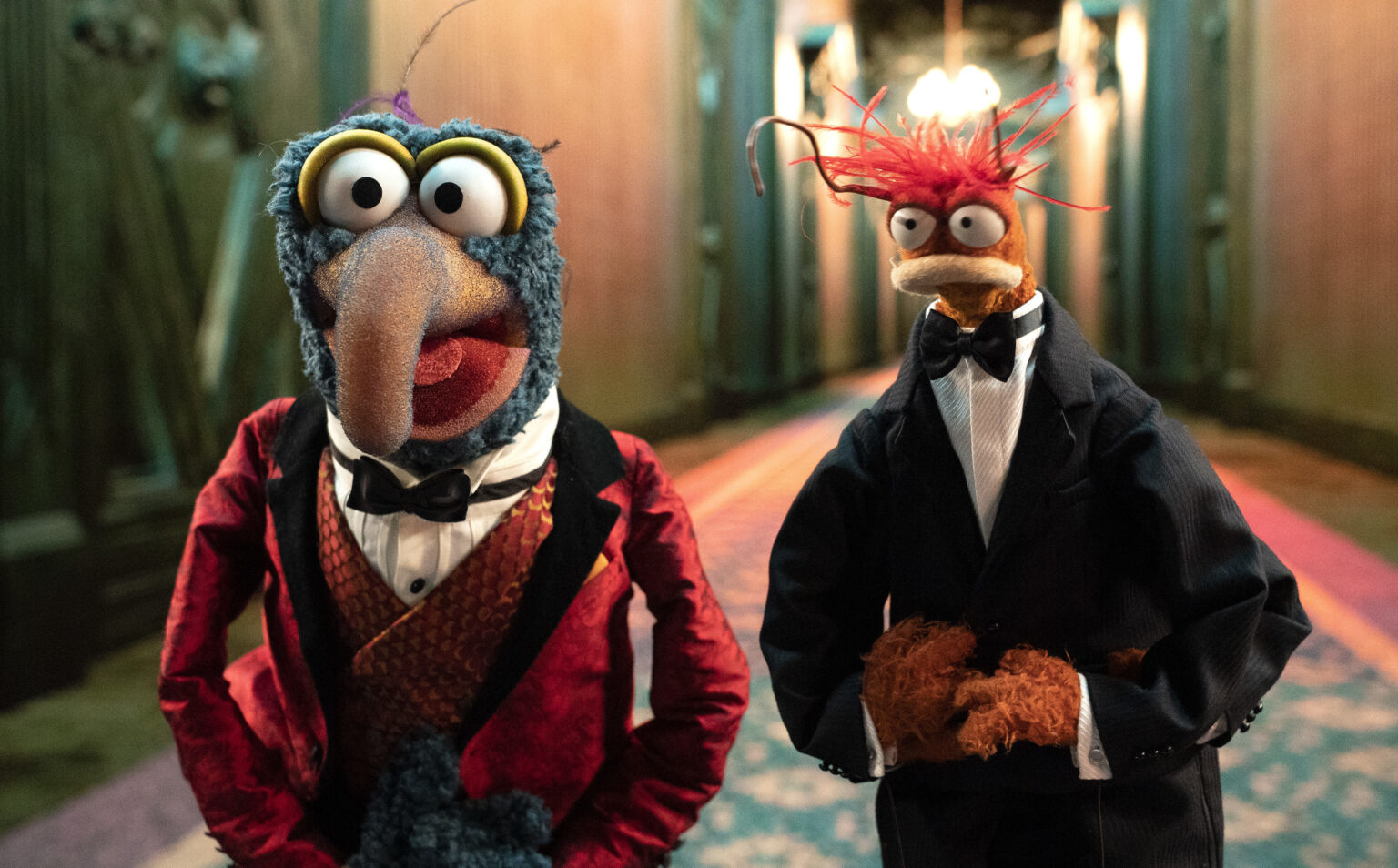The world of puppetry has captivated audiences for generations, with its unique ability to blend storytelling, humor, and artistry. Among the iconic creations of this realm is the Muppet with a long hooked beak, a character that stands out not only for its distinctive appearance but also for its engaging personality and role in various productions. This article explores the design, significance, and impact of this Muppet character, tracing its evolution and highlighting its place in the broader context of puppetry.
The Origins of the Muppet
The term “Muppet” is a blend of “marionette” and “puppet,” and it was coined by Jim Henson in the 1950s. Henson’s vision was to create a new type of puppet that combined elements of both traditional puppetry and television performance. The Muppets became renowned for their expressive designs, humor, and ability to tackle complex themes in an accessible way.
The muppet with long hooked beak fits perfectly into Henson’s creative framework. Often characterized by its vibrant colors, oversized features, and unique beak shape, this character is designed to be visually striking and memorable. While the specific character may not be as universally recognized as Kermit the Frog or Miss Piggy, it embodies the spirit of innovation and creativity that defines the Muppets.
Design Elements and Characteristics
The design of a Muppet with a long hooked beak incorporates several elements that contribute to its distinctive appearance:
- Beak Shape: The long hooked beak is perhaps the most defining feature of this Muppet. This design choice not only serves an aesthetic purpose but also enhances the character’s ability to express emotions and convey personality traits. The beak can be used to create various expressions, from playful curiosity to frustration.
- Color Palette: Muppets are known for their bright and engaging colors. A Muppet with a long hooked beak often features a bold color scheme that makes it stand out in any scene. This choice of colors helps to capture the audience’s attention and enhances the character’s expressiveness.
- Eyes and Facial Expressions: Like all Muppets, the eyes play a crucial role in conveying emotion and personality. A Muppet with a long hooked beak typically has large, expressive eyes that can convey a wide range of emotions, from joy to sadness. The placement and movement of the eyes are crucial in creating a relatable character.
- Body Structure: While the beak is a focal point, the overall body design complements the beak’s shape. Typically, the character will have a rounded body and limbs that allow for a range of movement, making it easier for puppeteers to manipulate the character and convey personality through body language.
The Role of the Muppet in Storytelling
The Muppet with a long hooked beak serves various roles in storytelling, often embodying traits that resonate with audiences. These roles can include:
- The Wisecracker: Many characters with hooked beaks are designed to be comical and witty, using their beaks to emphasize humor. This archetype allows the character to deliver punchlines and engage with other Muppets, creating dynamic interactions that entertain viewers.
- The Guide: In some narratives, a Muppet with a long hooked beak may take on the role of a guide or mentor, using its unique perspective to help other characters navigate challenges. This role can foster growth and learning, making the character an essential part of the story’s development.
- The Underdog: Characters with distinctive features often symbolize the underdog, someone who faces challenges due to their appearance but ultimately proves their worth through bravery and intelligence. This storyline resonates with audiences, encouraging them to embrace diversity and individuality.
Iconic Appearances and Contributions
While specific characters with long hooked beaks may not dominate the Muppet franchise, their contributions to various productions are significant. For example, in the beloved TV show “Sesame Street,” Muppets of all shapes and sizes come together to educate and entertain children. A Muppet with a long hooked beak could serve as a whimsical character that teaches valuable life lessons through humor and creativity.
In films like “The Muppets” (2011) and “Muppets Most Wanted” (2014), characters of various designs and traits come together to tell stories of friendship, adventure, and redemption. A Muppet with a long hooked beak could easily fit into this ensemble, providing comic relief or a unique perspective on the plot.
The Muppet as a Reflection of Society
The enduring appeal of Muppets, including those with distinctive features like a long hooked beak, lies in their ability to reflect societal themes and issues. These characters often tackle complex topics, such as acceptance, friendship, and understanding, in a way that is accessible to all ages.
A Muppet with a long hooked beak could symbolize the importance of embracing differences and celebrating uniqueness. Through its interactions with other characters, the Muppet can convey messages about acceptance and the value of diverse perspectives, ultimately fostering a sense of community among viewers.
Puppetry Techniques and Performance
The creation and performance of Muppets involve a range of techniques that combine artistry and skill. Puppeteers must master various puppetry methods to bring these characters to life effectively. For a Muppet with a long hooked beak, the following techniques are crucial:
- Manipulation: Puppeteers use their hands and bodies to manipulate the Muppet, giving it life and personality. The long beak requires skilled manipulation to create realistic movements, whether the character is eating, expressing emotions, or interacting with others.
- Voice Acting: The voice of a Muppet is essential to its character. Puppeteers often develop unique voices that reflect the personality of the Muppet, adding depth and dimension. The voice should match the character’s appearance and behavior, enhancing the overall experience for the audience.
- Improv and Interaction: Many Muppet performances involve improvisation and interaction with other characters. This spontaneity creates genuine moments of humor and connection that resonate with audiences. A Muppet with a long hooked beak can excel in this setting, using its unique traits to contribute to comedic moments.
Cultural Impact and Legacy
The Muppets have left an indelible mark on popular culture, inspiring generations of fans and artists. A Muppet with a long hooked beak is a testament to the creativity and imagination behind puppet design. It stands as an example of how puppetry can transcend age and cultural boundaries, bringing people together through laughter and storytelling.
Muppets have influenced various forms of media, from television to film, theater, and even the internet. The legacy of characters with distinctive features continues to inspire new generations of creators, who recognize the importance of representation, creativity, and humor in their work.
Conclusion
The muppet with long hooked beak is more than just a whimsical character; it embodies the creativity, artistry, and storytelling power that defines the Muppets. Through its unique design, engaging personality, and significant contributions to various narratives, this Muppet serves as a reminder of the magic of puppetry and its ability to entertain, educate, and inspire.
As we continue to celebrate the world of Muppets, characters like the one with a long hooked beak will remain an essential part of the tapestry that connects audiences to the art of puppetry, reflecting societal themes and fostering a sense of community. The legacy of these characters ensures that the spirit of innovation and creativity will continue to thrive, captivating hearts and minds for years to come.

